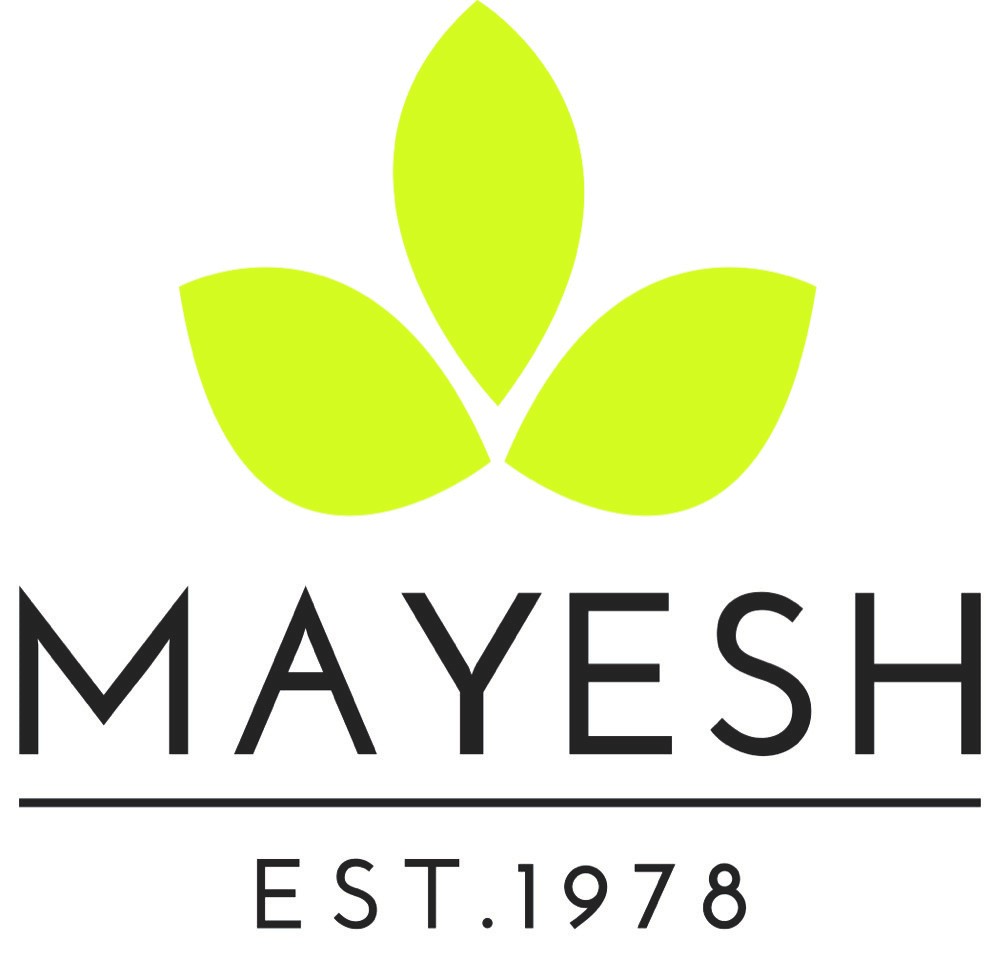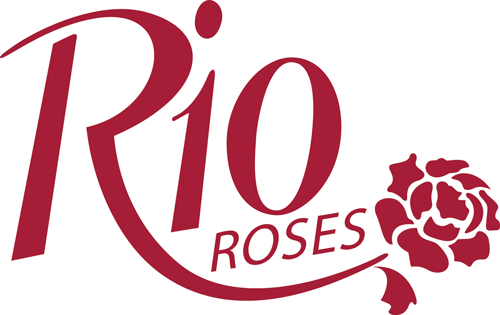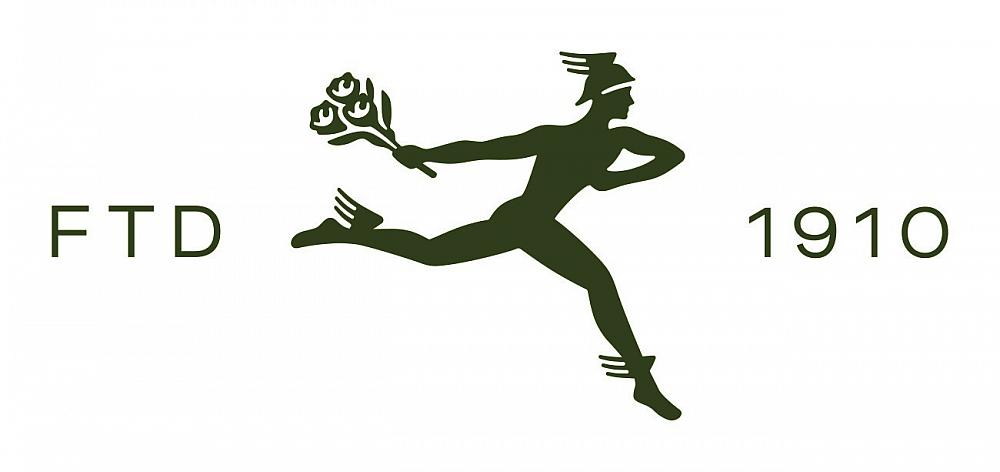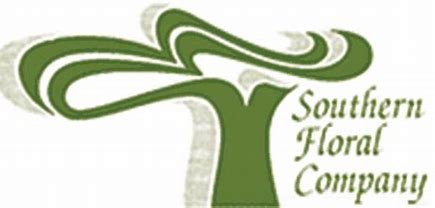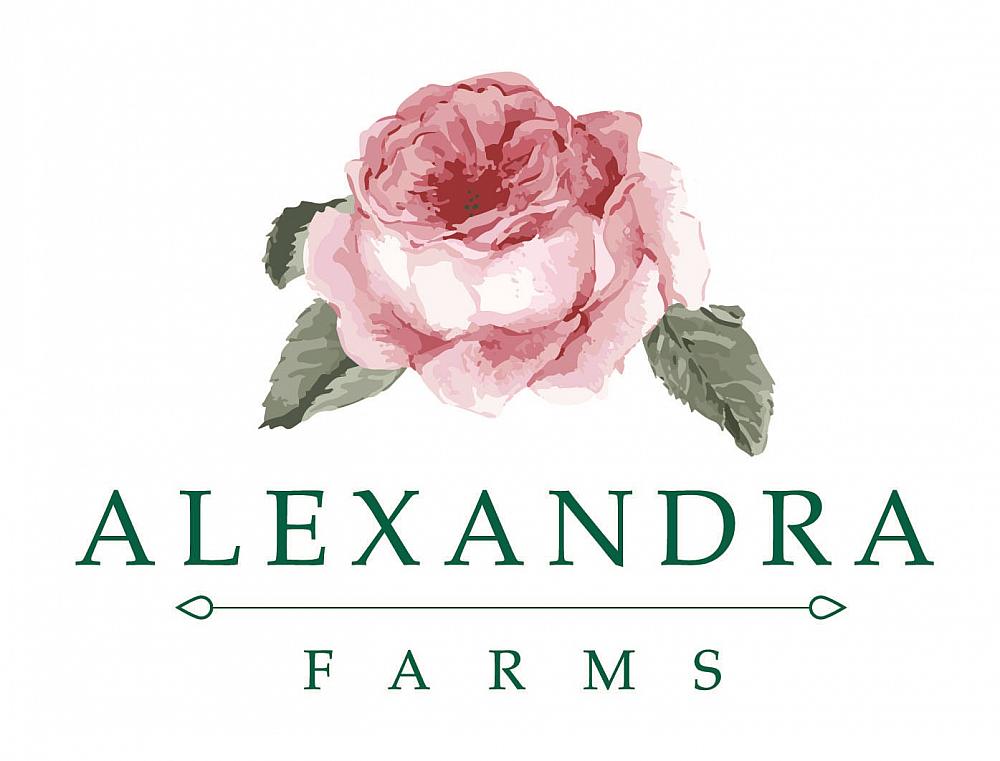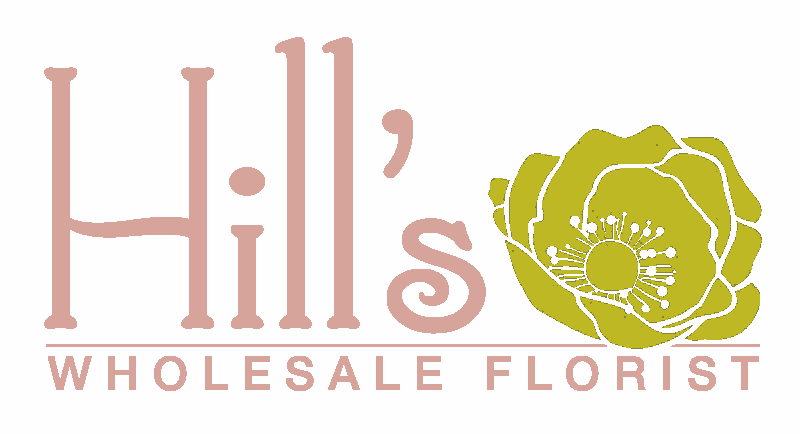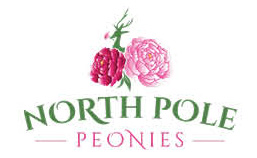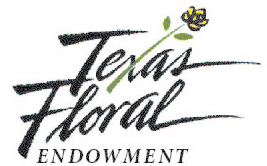Published by Texas State Florists' Association
Purchase your copy TODAY!
To purchase a copy, please select an option below or simply contact us at the office at 512.528.0806.

Teacher's Manual and
15 Professional Flower Training Videos: $450 + Shipping
Buy Now
**Please note that $18 for shipping has been added at checkout and materials will be sent to the purchasing address unless we are contacted with an alternate address.**
To order with a PO, please print out this Curriculum Order form.
Curriculum Order Form
For more information, please call the TSFA office at 512-528-0806 or email us at tsfaadmin@tsfa.org.
Scroll down for highlights and sample content. Purchase information is at the bottom.
Curriculum.pdf
8 Chapters that address 100% of the TEKS
Book includes:
- Student Projects
- Vocabulary
- Worksheets
- Thinking Questions
The video topics include:
- Line
- Form
- Space
- Texture
- Pattern
- Fragrance
- Size
- Color
- Balance
- Proportion
- Dominance
- Contrast
- Rhythm
- Harmony
- Unity
As you begin to teach your students, know in advance where you want them to be at the end of the school year. Strive to create a program that will allow students to learn good fundamentals and practice good mechanics. Have your students do and work that they would typically do in a flower shop. This includes everything from sweeping and organizing, caring for plants and processing flowers, to making specialty designs. Work toward getting all students certified as Level 1 Florist through the Texas State Florists' Association and prepare them to compete in contests across the state. When a student leaves your program, they should be a competent apprentice who can easily step into an entry level floral position and perform the duties required of that position with little or no problem.
At the completion of this course, students should know:
- Flower and plant names
- Care and handling of flowers
- How to do inventory
- Phone skills
- Counting money/making change
- How to clean up after designing
- Customer relations
- Basic geometric design shapes
- symmetrical triangle
- asymmetrical triangle
- round
- oblong
- How to create body flowers, including:
- Basic boutonnieres
- Wired and taped corsages
- Novelty designs
- Homecoming mums
Below are some excerpts from the book. You can find all these and more!
Identify design elements and principles
|
|
Color Terminology
The following terms and definitions present the background necessary before color harmony can be clearly understood and used to the best advantage in floral design.
Color Harmony - The various usable or pleasing combinations of color.
Hue - means color, any color.
Chroma - the purity of a color, determined by its degree of freedom from white, gray or black.
Value - is the term used to designate the lightness or darkness of a hue. For example, the values of red range from pink to maroon.
Tint - any color to which white has been added (red plus white becomes pink).
Shade - a color to which black has been added (red plus black is maroon).
Tone - any color to which gray has been added.
Color Harmony
All florists work with color harmonies every day. It is necessary to know the meanings of basic color combinations.
Monochromatic Color - different values of one hue (pink, red, maroon). Color Gradations must be used carefully with the strongest value placed at the focal point. Interesting textures play a vital role in this harmony, to prevent monotony.
Analogous Color - is achieved through the use of three or more hues in sequence on the color wheel, with only one being a primary color. (yellow) Analogous colors produce special moods and seasonal effects.
Complimentary Color - is a combination of hues in the very strongest contrast; opposites on the color wheel (red and green, orange and blue, yellow and violet). This combination gives dramatic emphasis to any decoration or display.
Triad - any three colors that are equally spaced on the color wheel (red-blue-yellow or orange-green violet). This color harmony always creates great interest.
|
This could very well be the most important TEK. It is the foundation of all that you will do in your class. Principles are the guiding constants that allow floral designs to be pleasing to the eye. Elements are how the principles are achieved.
To learn these concepts students must see; them both physically and mentally. It is important to show students the principles and elements in things other than floral design. Because these principles and elements are the same for the full art world, it may be a good idea to show students the principles and elements in well known art, magazine ads, clothing, etc., and once they have an understanding, they can apply these principles and elements to floral design. Color is an exceedingly important element of design and should be treated almost separately.
There are over 30 color arrangements with step-by-step recipes like the Valentine's Day: Double Rose Vase
**Valentine's Day: Double Rose Vase
*Flowers/Supplies needed:*
1 Cylinder vase 7 ¼" x 1 ¼"
2 Red roses
2 Yards red Oasis aluminum wire (12 gauge)
2 Glue dots or dashes
Oasis clear ¼"waterproof tape
*Instructions:*
1. Create grid of oasis clear waterproof tape across top of vase making sure the center of the vase is open just enough to hold one rose vertical, without support from other product. And making sure another hole near the center, will support the second rose vertically.
2. Place two glue dots/dashes on vase at the front and back just below opening rim of vase.
3. Create heart shape out of aluminum wire, leaving some length before wrapping the remainder tightly around the top of the vase going over the glue dots or dashes to hold the aluminum wire secure.
Illustrate ideas for floral designs from direct observation, experiences
It has often been said that art imitates life and further more nature. This can be seen in the water lilies of Monet, the haystacks or Van Gough or even the cubism of Picasso. Floral design as an art can also be inspired art, life experiences, imagination and even the direct observation of life. This is the point in floral design instruction where a student's creativity comes into play. Now that they know the basic mechanics, principles and elements of designs and shapes of floral arrangements they can begin. A trip to a museum may not be in a classroom budget but a stack of art books from the library can give students inspiration to create new designs. Simple line drawing techniques can allow them to express their imaginations.
Simple line drawings consisting of circles and flowing lines can turn into acceptable drawings
Even students with little drawing ability can use a ruler and stencil/templates to express design drawings. This may be a daunting task at first but they will become better with time and practice.















